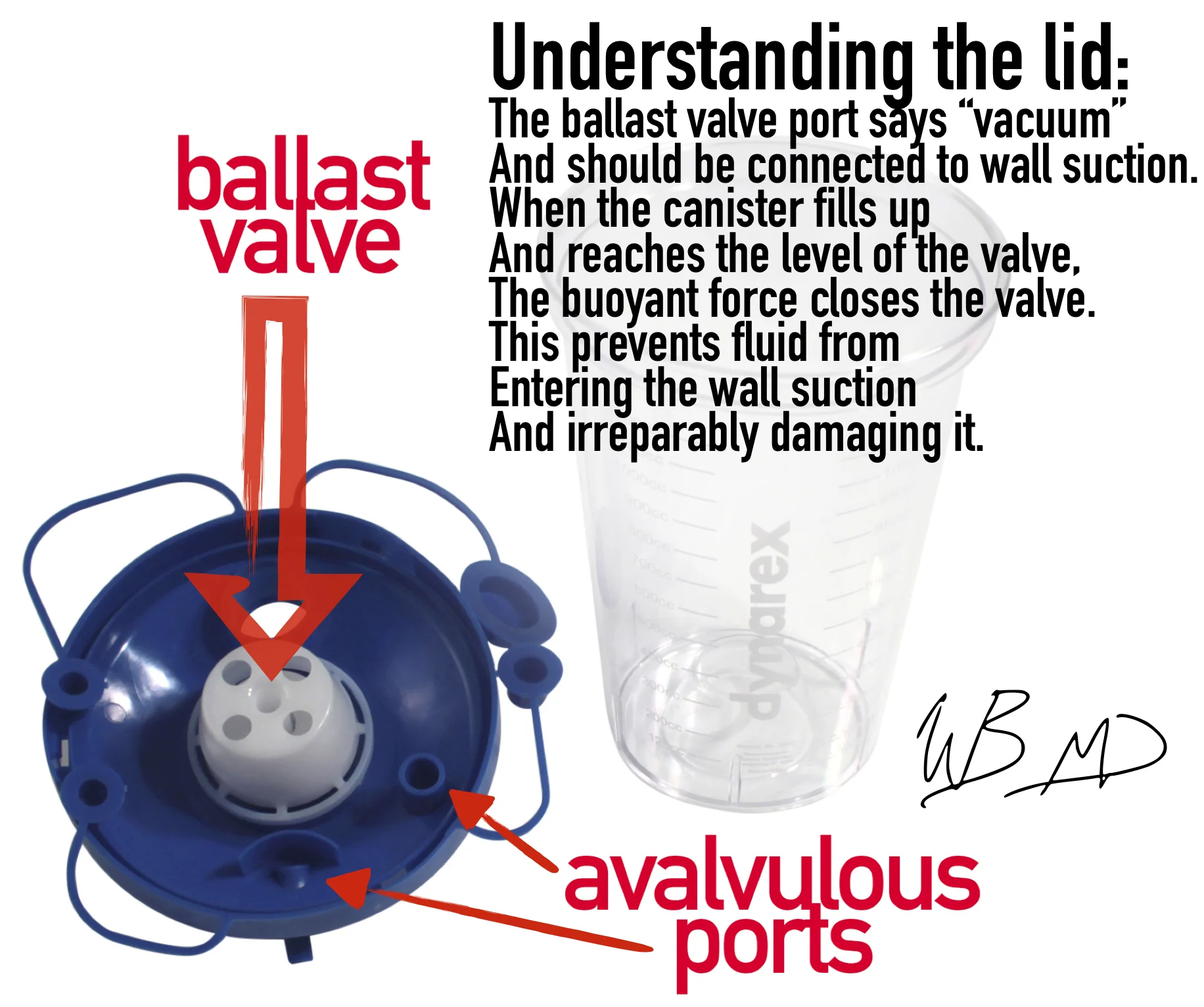On my previous shift, we had 2 patients with a “gas” exposure at their apartment.
So the clinical question arose: How can we rapidly screen patients with “gas” exposure?
First, any abnormal vitals raise a red flag and automatically take us off the rapid discharge pathway. These patients need appropriate triage to (
likely
) north side.
In any patient who has been exposed to a fire or there is concern for carbon monoxide exposure, we have the Masimo pulse-cooximeter.
It is located in the south side charge nurse station.
To utilize this device: hold down the power button while the pulse sensor is on the patients finger.
After pressing the display button, it should look as below:
Please note that there is a continuous SpCO and SpMet in green on the left and right of the display, respectively.
If results in an asymptomatic patient with a low risk exposure are normal, they can be safely discharged without further testing. However, in a symptomatic patient with a normal pulse-cooximetry, they should be further screened with blood gas cooximetry. Furthermore, a
ny abnormal value of %SpCO>5% should be repeated with a blood-cooximetry.
Smokers may have a baseline CO-Hgb of 5-6%, and may require confirmatory testing with blood-cooximetry through our blood gas lab.
In short, if patient has a %SpCO <5% and is asymptomatic they may be safely discharged. This also requires a normal %SpO2 because %SpO2<85% decreases the accuracy of the Masimo pulse co-ox, as per the literature posted on their own product page.
Final summary of this POD:
we have a pulse-cooximeter.
Utilize it for rapid screening and for reassurance of low risk patients.
Please clean the finger sensor between patients with a purple wipe
As always: feedback both negative and positive IS STRONGLY ENCOURAGED.
TR,
Wells




